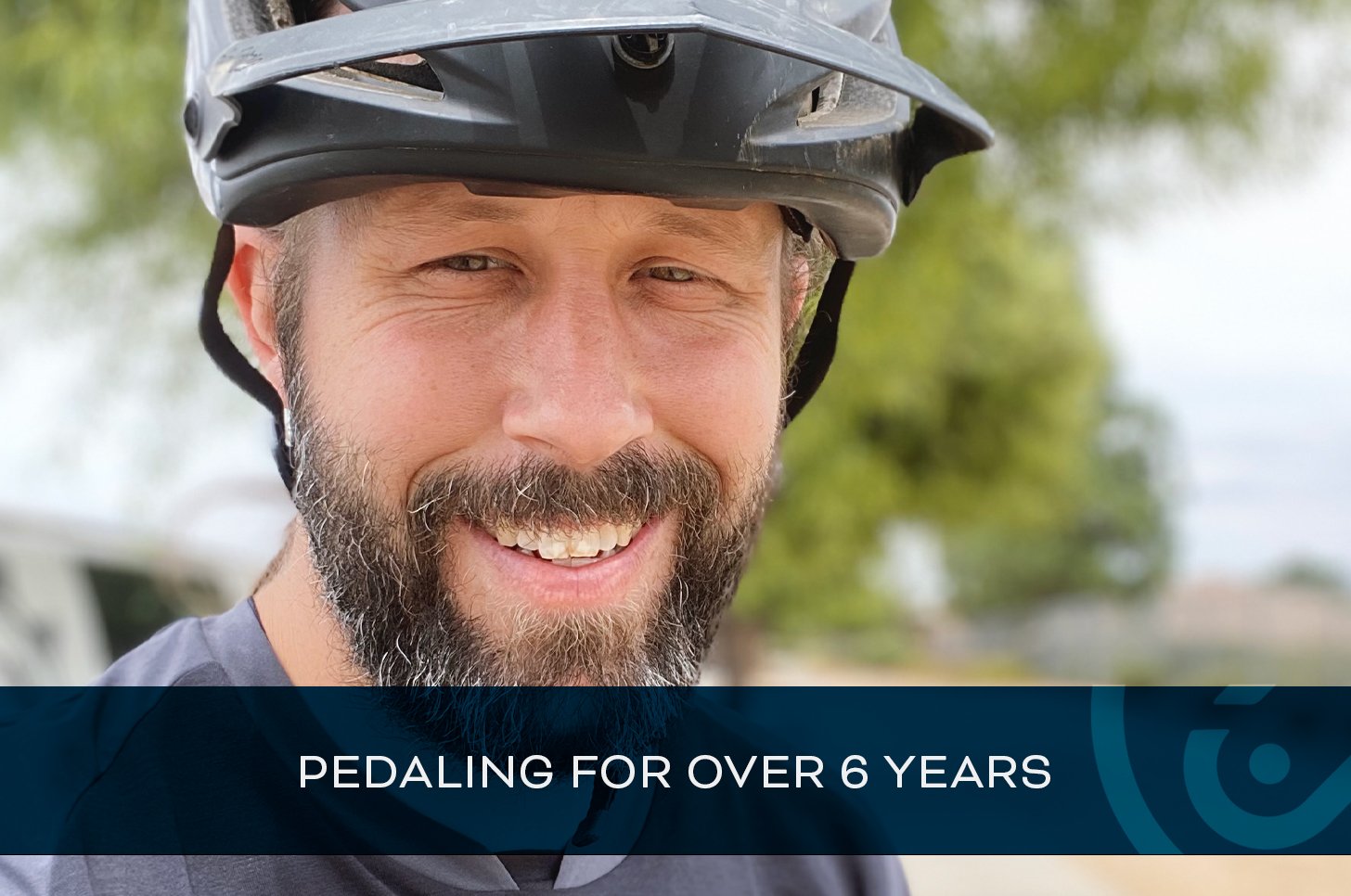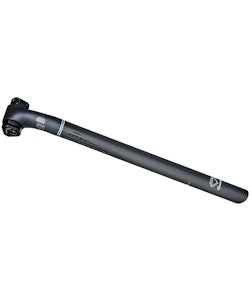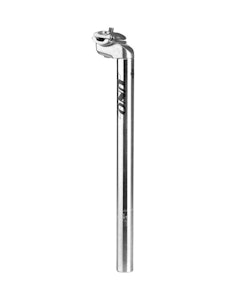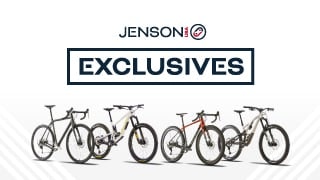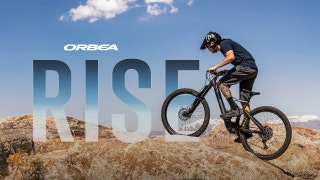With the straightforward job of connecting your saddle to your bike, bike seat posts are not one of the sexiest components. But they can play an integral role in your cycling experience both on the road and singletrack trail, especially with the recent advent of dropper seatposts for mountain bikes — and even some drop bar bikes.
Generally speaking, bicycle seat posts are divided into three primary categories: rigid, suspension, and dropper. As the name implies, rigid bicycle seatposts are simply a hollow tube (usually made of aluminum alloy or carbon fiber) that has a clamping mechanism at the top to secure your saddle. Rigid seatposts are found on all types of bikes, including mountain bikes, road, cyclocross, and gravel. They typically offer the lowest weight, but do little to absorb bumps, and cannot be adjusted up and down on the fly like dropper seatposts. A carbon seatpost will be the lightest option that is able to absorb bumps and vibrations in the road.
Suspension seatposts supply some level of damped travel, which can help smooth out your ride. These are the least common of the three post types and are most often found on gravel, touring, or adventure bikes.
Dropper posts are most often found on mountain bikes and allow you to adjust your saddle height on the fly via a remote activation lever on your handlebars. This is especially helpful when descending technical terrain, where lowering your saddle puts you in a more balanced and controlled riding position.
Whichever type of post you’re considering, you’ll need to decide on diameter, length, offset, clamp type, and construction material. Diameter is the most critical of these metrics, as it must be the right size to fit into your bike’s seat tube. The most common diameters are size 27.2, 30.9, and 31.6mm. Narrower diameter bike seatposts can help smooth your ride due to a minimal amount of flex, while wider ones are usually stiffer and thus enhance power transfer. If you do happen to have a seatpost that’s too small for your bike you can use a shim, but of course you can’t go the other way around.
The length is dictated by your bike’s frame size and geometry, as well as your required saddle height. The is especially true with dropper seatposts, which require you to consider both the amount of travel they have and their overall length. All seatposts have a minimum insertion distance, otherwise, you risk damaging your frame’s seat tube due to excessive leverage forces. Also, note that most rigid seatposts can be cut down in order to save weight. Just make sure you don’t cut so much as to not be able to maintain the minimum insertion distance relative to your required saddle height.
Clamp type refers to how your bike seatpost attaches to the rails of your saddle. Most bicycle seat posts have a one- or two-bolt mechanism that attaches to the standard twin rail saddle design. These bolts may be loosened to adjust saddle tilt and fore-aft position. Standard rail size is 7mm, but there are occasionally saddles with larger diameter rails, thus requiring larger diameter seatpost clamps. Make sure to double check. There are also a small number of saddle-seatpost makers that use special clamp designs such as single rail, so again make sure to confirm your exact needs.
The offset is a reference to how far back if at all, the bike seatpost clamp sits from the post’s main shaft. The majority of mountain bike oriented seatposts have zero offset, while some road-specific posts are available with varying amounts of offset. How much offset is typically a matter of personal preference.
You’ll also need to consider construction material, which is most often aluminum or carbon fiber. Aluminum bike seat posts are typically less expensive, but also slightly heavier, while carbon fiber models are often lighter and slightly more shock absorbing, but also costlier.
JensonUSA carries an expansive variety of bike seatposts from manufacturers like KS, Thomson, RockShox, ENVE, Ritchey, 3T, FSA, Race Face, Cane Creek, and many others. If you have any questions, please call one of our Gear Advisors at 888-880-3811. They'll help make sure you get the right seatpost for your needs.
